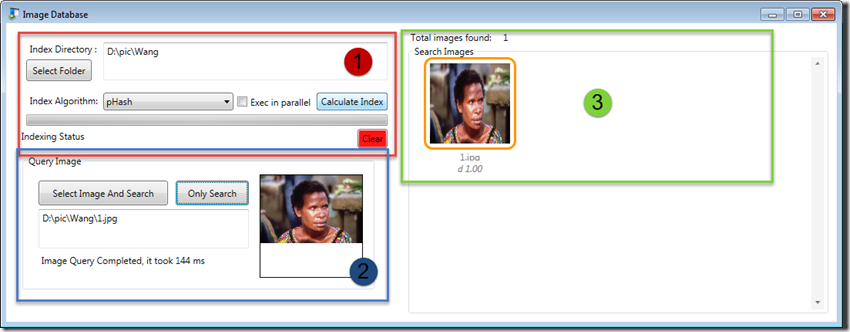Article from Technical Insanity
In this article, I will walkthru the sample application, which I have created to demonstrate the working of CBIR. This is continuation of the series of article, so, if you are not able to catch with this post, read the previous ones to understand the context.
Last article, you have probably read about the theory involve in finding the similar image. But, you won’t get it, till you see the working code. Same was my frustration, when I was doing the research for the CBIR stuff. I find tons of papers from various universities around the world. But, it was hard to find working demo, especially in .NET I googled for days, found blogs, article, but most of it doesn’t share implementation code. Most of the Computer Vision stuff happens in C++\Matlab\Phyton. Very few taker for .NET languages.
That’s where I decided to help the poor souls like me, who are searching for CBIR implementation in .NET would get benefited with this proof of concept application. Especially, college student’s who are trying to learn C# language, .NET framework and trying to built CBIR all at same time. This would be boon from them, like the oasis in the desert of internet
I would be showing you demo on the Wang image dataset. You can download 1000 test images, which contain 10 sets of 100 images each. This will help you understand how reverse image search works, and how efficient the algorithm is, in getting the similar image.
You can download Image Database application from https://github.com/sbrakl/ImageDatabase
License
Note: This application which I have build is under GPLv3 license, but the libraries it (EMGU CV, Accord Framework, etc.) aren’t under same license. If you need to use it in commercial application, I request you to check the license of individual libraries used in this application, and use it appropriately.
This utility is been developed in WPF, .NET framework 4.5 as the proof of concept for various image recognition algorithm.
This utility consists of three areas


No comments:
Post a Comment